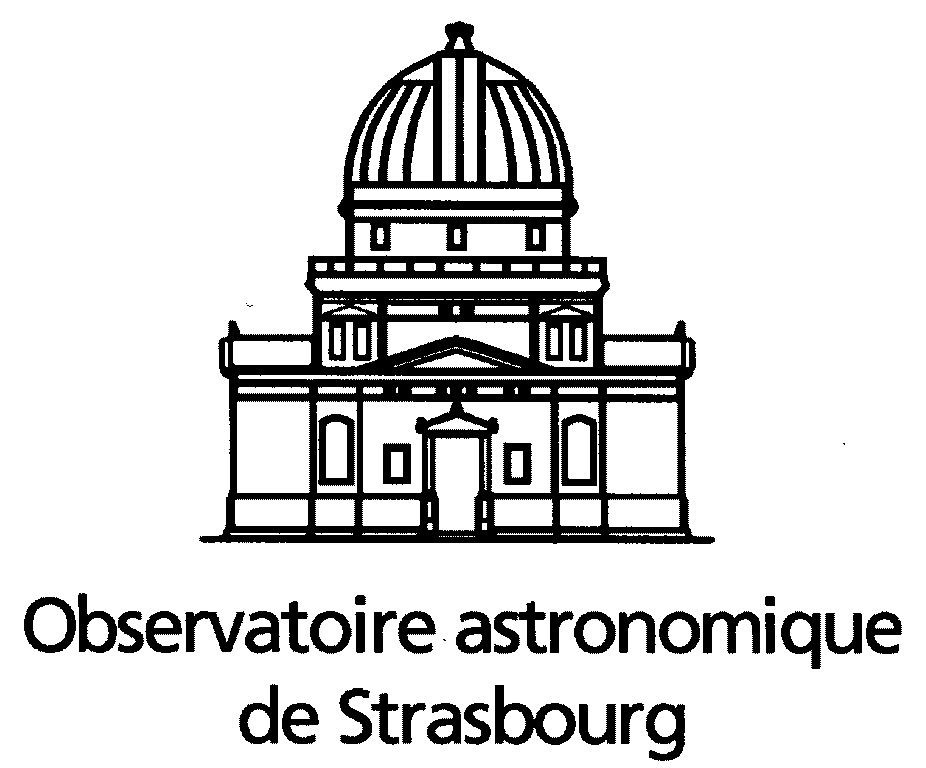 RadioJove at the International Space University
RadioJove at the International Space University

or:
The RadioPhysics Observatory at Illkirch-Graffenstaden
Joachim Köppen DF3GJ Kiel/Strasbourg/Illkirch

Here is a useful monitor of the solar X-rays and the geomagnetic activity,
from n3kl.org
(detailed explanations)
Solar X-rays (from GOES 8 and 10)
Geomagnetic Field (from NOAA)
|
|
|
Useful links:
-
The RADIO JOVE project: Build a receiver to listen to Jupiter's
decametric emissions
- A Receiver for Jupiter
by Yogesh B. Karandikar from Mumbai, India.
-
Radio JOVE bulletin
-
Help pages for the Skypipe software
- Radio Jove Data Archive
at NASA's GSFC
-
Predictions for Visibility of Bursts from Jupiter
by Hannes Meyer
-
Internet Jupiter Radio Observatory
an international project of
University of Florida Radio Observatory,
Kochi National College of Technology, and
NASA RadioJOVE:
Archive of Data from UFRO
- NOAA's Lists of Edited Solar Events for
the last 60 days.
Search here for archived dataamong ".../ftpdir/warehouse/
-
Dynamic Spectra from the
Nançay Decametric
Radiotelescope;
or use: English welcome page
goto Instruments then Decametric Array
- Dynamic spectra from the
Green Bank Solar Radio Burst Spectrometer
- Australian IPS Radio and Space Services provide:
-
Real-Time dynamical radio spectrograms from Culgoora (18 - 1800 MHz)
- Daily spectrograms (*.gif files) from Culgoora
- Interactive Tool to evaluate Culgoora spectrograms
-
Real-Time dynamical radio spectrograms from Learmonth Observatory (25 - 180 MHz)
- Daily spectrograms (*.gif files) from Learmonth Observatory
- Interactive Tool to evaluate Learmonth spectrograms
- Solar Activity Rotation Tool
- Solar Terrestrial Research Center at Hiraiso, Japan has
real time spectra (25-2500 MHz) of today and yesterday, examples of past events, data archive (gif files, starting
in Aug. 1996), observation summary reports, and technical details. Also:
optical images, MPEG movie etc.
Maintains the Solar Image Data Base, from where data can be obtained.
Links that give information about current lightning activity. Useful for estimating
interference level and when to take down the antenna ...
Of course, it is worth consulting
| Top of the Page
| back to my Home Page
|
 RadioJove at the International Space University
RadioJove at the International Space University

 RadioJove at the International Space University
RadioJove at the International Space University

